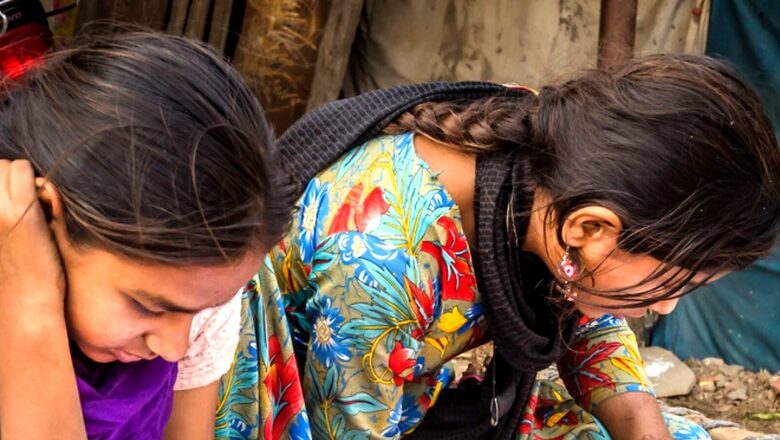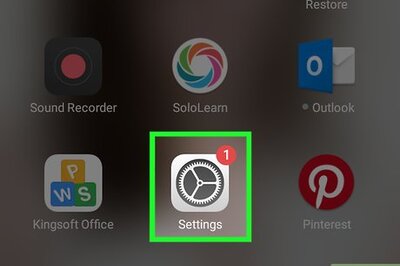
views
The United Nations (UN) has designated International Youth Day on August 12 since 2000 to draw attention to cultural and legal issues being faced by the young. This year’s theme — ‘Intergenerational Solidarity: Creating a World for All Ages’, — broadens the thematic scope of this day to point out that without synergy between all generations, the world cannot hope to achieve Sustainable Development Goals (SDGs).
This means that digital, social, economic and communication gaps must be bridged across all demographics and intergenerational solidarity must be fostered to realise the full potential of different generations and to build an inclusive and equitable world. Collaboration is the key to achieve sustainable development and to ensure, as the UN says, that “no one is left behind.”
Also read| ‘If We can Build Satellite in First Attempt, Can Make it Success in Second,’ Say School Girls From Rural India Who Built AzadiSAT
Furthermore, there are many who do not have equal access to the kind of quality education that can help them to enter the employment stream and break free from generational poverty. There is also a push back by conventional systems and other forces when young people around the world speak against poverty, climate change, gun violence, social injustices, the rising cost of education and depleting job opportunities.
In fact, a 2021, UN global report highlighted how reverse ageism creates barriers to stall the growth and development of young people. These obstructions not only impact their lives but also prevent equitable policies from coming into being that would benefit not just them but all age groups.
In India, as per a 2021 news report, the country will continue to have the largest adolescent and youth population in the world till 2030. The question however remains if we are doing enough to maximize this demographic dividend and if India’s youth have equal access to an affordable education that can make them employable anywhere in the world, upskilling support as well as digital and technological knowledge.
Let us also not forget about India’s street children whose actual number remains indeterminate. Various estimates tell us that there may be around 400,000 to 800,000 vulnerable street children in the country, who lead deprived lives without enough food, safety or education. If we do not include these children in our vision for the future, what will become of them? More importantly, who will they become without education, proper personality development, safe socialisation with peers and adults, and academic and skill-based learning?
Around 400,000 to 800,000 vulnerable street children in the country, who lead deprived lives without enough food, safety or education.
The pandemic also revealed a huge divide between urban and rural children. A report by the Azim Premji Foundation stated almost 60 per cent of school children in India cannot access online learning. Another survey by Indian Council for Research on International Economic Relations (ICRIER), stated that only 20 per cent of Indian children of school-going age in India had access to remote education. It is important to bridge these gaps and build better educational and digital infrastructure, to ensure that no child or adolescent is left behind.
We can begin by ensuring that children across economic and social divides are able to get early childhood education in government-aided schools and private institutions. Ill-equipped schools without well-trained teachers could lead to higher dropout rates, lower literacy, and poor academic performance so expanded digital infrastructure can compensate for the absence of well-equipped schools.
United Nations’ SDG 4 also stresses that all forms of exclusion and inequalities affecting access to education and learning must be addressed. This means, that we must not forget how gender discrimination holds back marginalized young girls from going to school, getting higher education or benefitting from vocational training. The reasons that prevent them from going to school could vary from lack of toilet facilities, unsafe routes, household chores, early marriage etc. In such a scenario, scholarships, incentives, subsidized education and outreach programs to convince parents to send them to school can help.
We also need to give more respect and consideration to LGBTQ youth who are often targeted at schools or do not get the opportunities they deserve because of their gender identity and orientation.




















Comments
0 comment